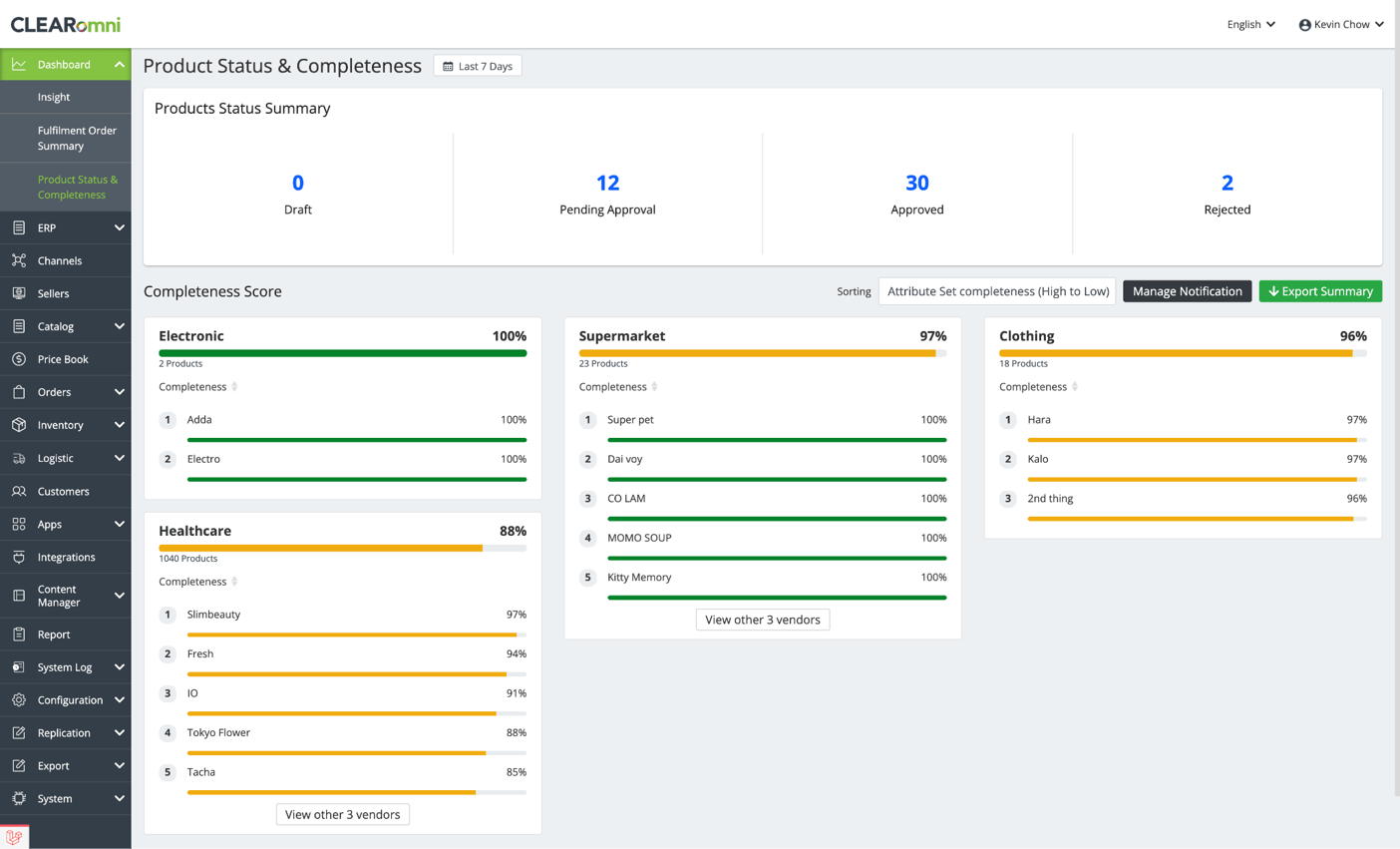
Why are retailers switching to PIM?
Brand.com and Marketplace – Which is the best?
The global product information management (PIM) market has continued to grow, reaching a value of US$ 10.5 Billion in 2021. Projections by IMARC Group indicate that the market is expected to reach US$ 20.2 Billion by 2027, exhibiting a CAGR of 11.47% during the period 2022-2027. One of the driving factors behind this growth is the increasing trend of digitalization, especially in the Asia Pacific region, leading to a surge in data generation. Additionally, the shift towards online shopping has become a prevalent consumer behavior.
Retailers are increasingly adopting PIM solutions as a strategic approach to centralize product information, fostering collaboration, and enhancing data quality. This trend is fueled by the need for a secure and expansive storage platform to accommodate the growing volume of product data. The advantages of PIM solutions, such as CLEARomni PIM, extend beyond efficient data management to include benefits like improved collaboration, data quality, and a seamless customer experience.
Key Reasons Retailers are Switching to PIM:
Systematic Management of Product Data Quality:
Managing product information comprehensively involves dealing with various data elements, including core product data (name, title, and description), product attributes (cost and price), product specifications (dimensions, warranty, and packaging), omnichannel details, extended channel information, and store-specific information. Handling this complexity with traditional tools like Excel sheets can be challenging, especially when managing a diverse product range across different channels. PIM solutions like CLEARomni PIM provide a systematic and organized approach, ensuring completeness with features like completeness score indicators.
Enhanced Customer Experience through Consistency:
Rich product information, including detailed attributes and specifications, contributes to a more informed customer experience, reducing the likelihood of returns due to mismatched expectations. PIM systems play a crucial role in furnishing consistent, flexible, and accurate information across online and physical channels, fostering a sense of authenticity in the products offered.
Efficient Time and Cost Management through Stakeholder Collaboration:
The manual process of collecting, verifying, and updating product data across various sales channels can be time-consuming and prone to errors. PIM systems facilitate stakeholder collaboration by offering customizable multi-step workflows and approval processes. This streamlines the product enrichment process, saving both time and operational costs. Integration with external systems, such as ERP, supports automated product creation and update processes.
Marketplace Integration for Market Expansion:
Retailers looking to reach new market segments can leverage the integration capabilities of PIM systems with major eCommerce platforms and marketplaces. With support for platforms like Adobe Commerce/Magento, Shopify, Salesforce Commerce Cloud, Tmall, JD, Lazada, Shopee, and others, PIM solutions like CLEARomni enable automatic synchronization of product data, simplifying the process of entering new markets.
Conclusion
In conclusion, managing e-commerce product data has become a critical aspect of retail operations, and a mature and suitable PIM system is instrumental in achieving efficiency, flexibility, and scalability. Retailers are encouraged to explore how CLEARomni PIM can be customized to address specific business needs and overcome operational challenges.
